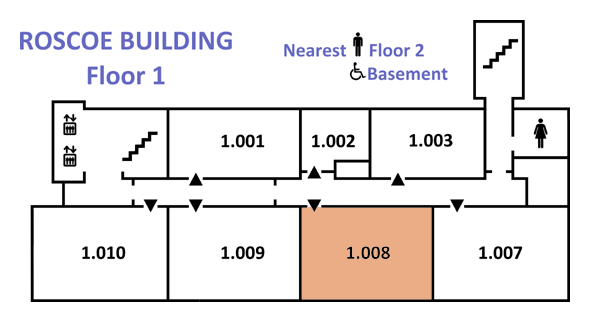
|
iCHSTM 2013 Programme • Version 5.3.6, 27 July 2013 • ONLINE (includes late changes)
Index | Paper sessions timetable | Lunch and evening timetable | Main site |

|
iCHSTM 2013 Programme • Version 5.3.6, 27 July 2013 • ONLINE (includes late changes)
Index | Paper sessions timetable | Lunch and evening timetable | Main site |
The study of visual representation and of circulation of knowledge are among the most active areas in history of science today. This symposium aims to bring together scholars from both fields to deal with the production, circulation and use of visual representation in scholarly journals from the late 17th to the early 19th century. The presence of images, maps, graphical devices, diagrams, etc. in learned journals deserves a closer historical analysis. Visual representations will be here considered as instruments of communication, but also as part of a process of knowledge-making, the traditional distinction between the production and the communication of knowledge being often blurred, and even more so if the learned press is concerned. What is specific about visual representations in periodicals? Images can be ordered in series and become themselves ‘periodical’. A specific circulation of images takes place, with exchanges between books and journals, and from journal to journal. One of the crucial questions is how journalists deal with these images, how they use them, and to what purpose.
Images do communicate scientific contents to various audiences. Are they addressed to different layers of the target audience of a journal? How can we describe the interplay between images and text in periodicals? Are they meant to illustrate or reinforce textual statements, to make them plausible, or to advertise objects of knowledge - books and instruments, practices and procedures? We can also ask if visual representations stand by themselves, encapsulating a different scientific knowledge than described in the text they are inserted in. What kind of knowledge is this? Working knowledge for savants, information for the educated reader or for the practitioner, consumer-oriented knowledge? Are they considered to speak by themselves or do they need to be spoken about in captions, legends, comments, et al.? Do we have witnesses to their uses in actual scientific practice?
Studying the interplay between journals, especially via translation processes, we will question the fate of visual aspects during this processes. If images are artefacts produced by visual cultures of knowledge production, we need to understand if an adaptation to a new audience or culture is required, and how it is achieved. Finally, we are also interested in the making of visual standards. Does each journal create its own or are they bound to specific audiences, times, or disciplines?
The meeting will afford the opportunity for a presentation of selected case studies, together with the discussion of methodological aspects.

